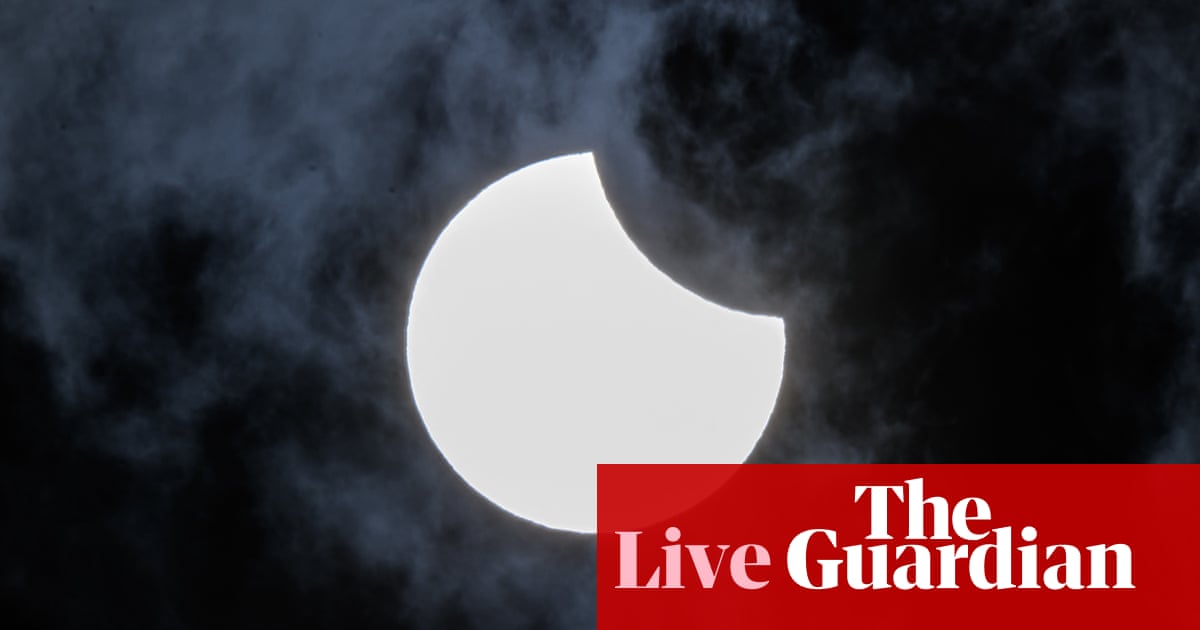Bahar Ekinox is here. What does this mean?

SPring is almost here – at least officially.
Vernal Equinox comes on Thursday, pointing to the beginning of the spring season and the decline in the southern hemisphere for the northern hemisphere. In the equator, the sun will be directly from the hill at noon. Equinoxes are the only time when both northern and south poles are also illuminated by sunlight.
Events have been marked and celebrated in the world for centuries. Iran New Year is based on Nowruz, for example, Spring Equinox. And in the Mayan field in Mexico, people in Chichen Itza come together to watch the sun to create a shadow pattern that resembles a snake that goes down to a building called El Castillo during Equinox.
But what’s going on in the heavens? Here is what you know about how we separated the year by using the Earth’s orbit.
What is Equinox?
As the world moves around the sun, it does it at an angle.
For most of the year, the Earth’s axis moves towards the sun or away from the sun. This means that the temperature and light of the sun falls unequal to the north and southern half of the planet.
During Equinox, the axis and orbit of the Earth is listed, so that both hemisphere gets an equal amount of sunlight.
Read more: The mental wages of spending in space for months unexpectedly
The word Equinox comes from two Latin words, which means equal and night. This is because in Equinox, it takes almost the same time at night and night – but it can take a few more minutes depending on where you are on the planet.
The spring of the Northern Hemisphere – or Vernal – Equinox may occur between 19 and 21 March depending on the year. Autumn – or Autumn – Equinox may occur between 21 and 24 September.
What is the Sunday?
Sundays mark times during the year when the Earth is most excessively bent away from the sun or away from the sun. This means that hemispheres receive very different amounts of sunlight – and the days and nights are the most unequal.
During the summer solstice of the northern hemisphere, the upper half of the world leans towards the sun and creates the longest and shortest night of the year. This day’s day falls between 20 and 22 June.
In the meantime, on the winter solstice, the Northern Hemisphere is moving away from the sun – the shortest day of the year and the longest night of the year. Winter Sundays decreases between 20 and 23 December.
What is the difference between meteorological and astronomical seasons?
These are just two different ways of carving the year.
Although the astronomical seasons depends on how the world moves around the sun, meteorological seasons are defined by the weather. Based on annual temperature cycles, they divide the year into three months. With this calendar, winter starts on March 1, June 1, September 1, September 1 and December 1.




